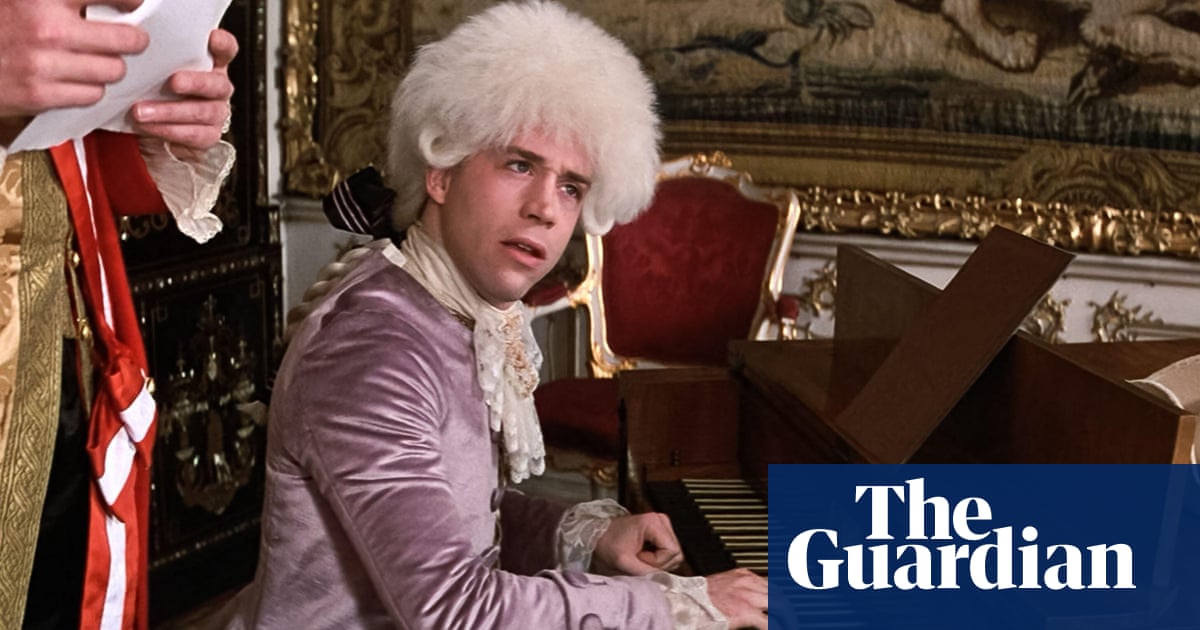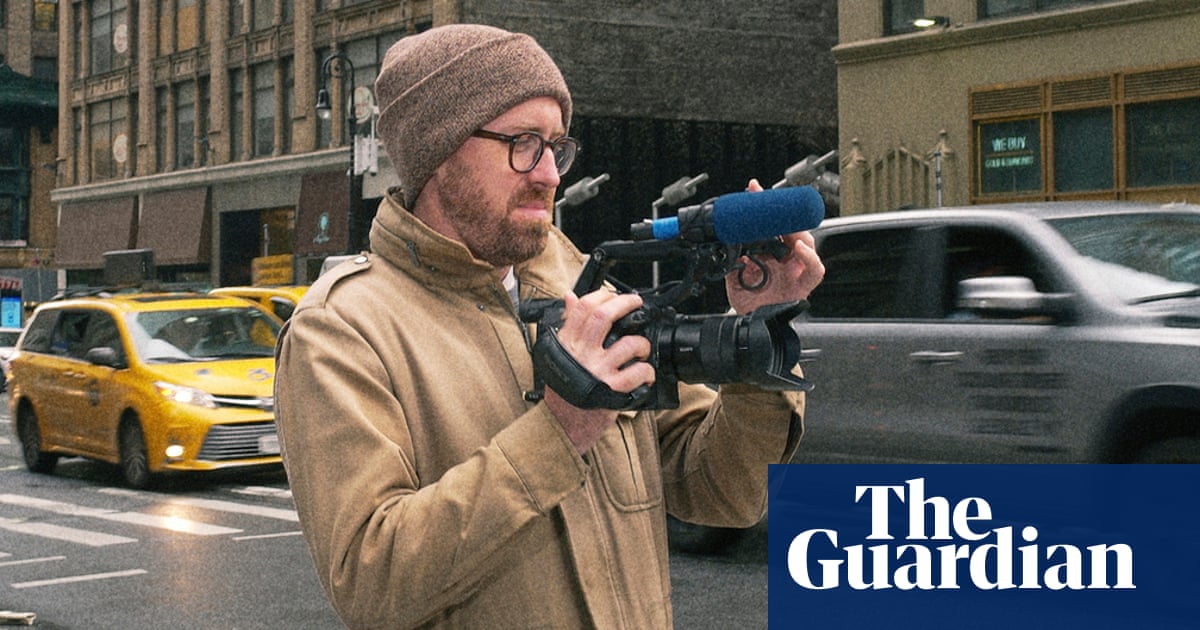
Steve Guttenberg, actor
The second I read the script, about a robot becoming self-aware after being struck by lightning, I put it down and said: “This is a hit.” It was a timeless story about an underdog, a friendship and being an outsider. It also had John Badham as director who had done Saturday Night Fever and War Games. He knew how to make a movie like this work. It felt like a piece that was going to be around a long time and I grabbed it with both hands.
My character Newton Crosby, the scientist who designed Number 5, was written very well. All the moments were there: all I had to do was step in and decorate the house. John was quite immersed in artificial intelligence, even then. We talked about what it is to be alive and the connection with having a soul. Walking the tightrope between humour and heart was something we were very careful of. We didn’t want to fall into sentimentality. You wanted to strike a chord in the audience where they’re getting what they paid to see, which was the wonder of an inanimate object coming to life. For me, Short Circuit was Pinocchio.
Shooting was time-consuming because we were creating an illusion with a puppet. It wasn’t CGI. Thankfully, we had enormously talented puppeteers. There were different pieces to Number 5: various heads, bodies and bits that did all sorts of actions. It was like those stories about working with Marilyn Monroe: when she got it right, the scene was right. When our puppet got it right, for the most part, the scene was right.
About five years after it was released, I was in a restaurant in Paris and a little boy came up to me and said: “Are you Steve Guttenberg?” I said yes, and his dad went out to the car and brought back a miniature Number 5 to show me. The kid said: “I keep this with me all the time, he’s my friend.” If you have a certain kind of movie, it’ll stick around. Short Circuit is that kind of movie.
John Badham, director
I read the script and Number 5 jumped off the page. I loved the character so much – and it was beautifully written. I literally shut the effects department in a room for three days while they came up with something that looks very much like what you see in the film. Any decent movie camera has flaps in front of the lens to keep out glare from the sun and we used them to give Number 5 eyebrows. Suddenly, it became a whole other part of his personality.
The first thing I’d do on set each morning was bring Number 5 out, hug him and encourage the cast to do the same. I said: “Imagine if we had Eddie Murphy as the star of this movie. We’d be very respectful and delighted to have his comic talent here. Let’s treat Number 5 that way – and not as some big, overgrown prop.”
When Ally Sheedy’s character Stephanie adopts Number 5, it’s such an innocent meeting another innocent that we felt we could hint at serious themes like artificial intelligence and humanity. Many wonderful questions come up but, because Number 5 is an underdog with a wacky way of seeing the world, we could sell those ideas without lecturing people.
In the original script, Benjamin, the computer scientist, was American. We had cast Fisher Stevens, but something wasn’t right. Frankly, I stole an idea from Beverly Hills Cop, where a French shop assistant is being rude to customers. I thought: “What if he’s from another country and is looking down on silly Americans?” We came up with the idea of having him be from India: we thought the culture mismatch was fun. If we’d thought of this before having cast Fisher, we would have auditioned Indian and Indian American actors. That was an oversight on our part, but we never intended to make fun of the character of Ben – who went on to become a major character in the sequel (which I did not direct).
We were showing the robot to producers and someone said: “It’s great that he can do all these things, but can he dance?” I said: “You betcha” – without consulting my puppeteers. So I asked them: “Guys, do you think we can make him do the Saturday Night Fever dance?” Getting Number 5 to move like John Travolta was hard but, boy, they made it work.
When discussing who might voice the robot, everybody’s first instinct was Robin Williams. But Tim Blaney was the puppeteer in charge of Number 5’s head and had done the voice during rehearsals. He had the right tone so we decided to not mess with something that was working. Once we had a cut, we realised we could still put anything in Number 5’s mouth. If somebody thought of a funny line, we’d add it. One of the last jokes we added was Number 5 saying to the Three Stooges robots: “Your mother was a snowblower!” It got a huge laugh.












